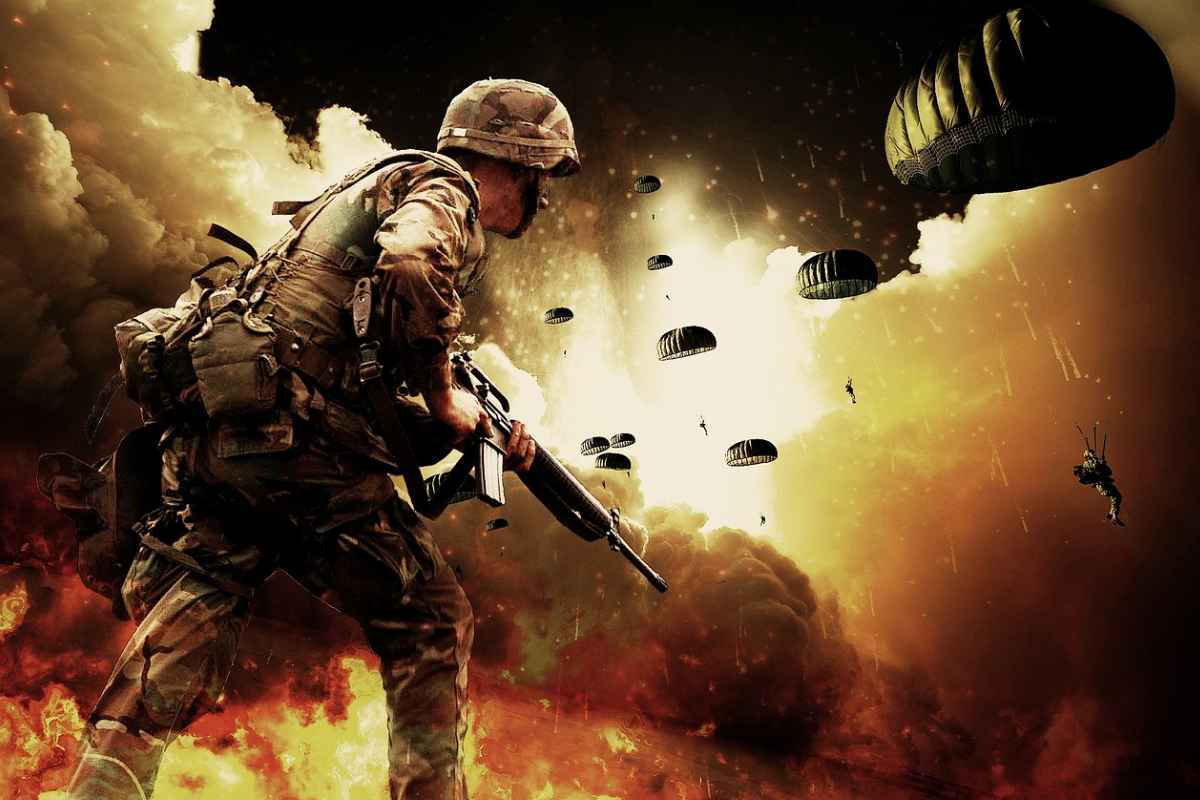World War I marked a turning point in the history of warfare. What began in 1914 as a conflict rooted in 19th-century tactics soon evolved into a brutal demonstration of industrialized combat. The clash between outdated military doctrines and modern weaponry forced nations to rethink how wars were fought and how armies were led.
Even beyond its historical significance, the legacy of World War I continues to influence military culture and national identity. From memorials honoring fallen soldiers to expressions of service pride through patriotic shirts, the war’s impact remains visible in how societies remember their armed forces.
More than a century later, the lessons learned from World War I still guide modern military planning. The conflict introduced new technologies, reshaped leadership structures, and emphasized the need for coordinated, adaptable strategies.
The End of Traditional Warfare
Before World War I, military strategy followed principles that had changed little since the 1800s. Armies relied heavily on mass formations, cavalry charges, and direct assaults designed for limited-range weapons. The advent of rapid-fire artillery, machine guns, and defensive fortifications quickly rendered these tactics obsolete. The early months of the war demonstrated that advancing in open formations against entrenched positions resulted in devastating losses.
The stalemate that followed led to the widespread adoption of trench warfare, which dominated the Western Front. Soldiers lived and fought from networks of trenches stretching hundreds of miles, separated by narrow “no man’s land” zones.
The inability to achieve breakthroughs forced commanders to reconsider the balance between offense and defense. Logistics, coordination, and timing became as important as raw manpower. This transformation marked the end of traditional warfare and the beginning of strategy driven by technology, planning, and resource management.
Technological Innovation and Combined Arms
The rapid pace of technological innovation during World War I changed how militaries approached combat. Tanks, first introduced in 1916, provided a means of crossing trenches and breaking defensive lines. Aircraft shifted from reconnaissance tools to active participants in battle, offering new perspectives and tactical advantages. Chemical weapons, though controversial, demonstrated the potential of scientific innovation in warfare.
The most significant advancement, however, was the idea of integrating these new technologies into a single, coordinated system. The concept of “combined arms” emerged as armies learned that success required synchronization between infantry, artillery, armor, and air power. Instead of fighting as separate units, each branch supported the other in achieving a shared objective. This cooperative approach became the foundation for modern military doctrine.
The Evolution of Command and Communication
The scale of World War I operations required new systems of leadership and communication. Massive armies spread across multiple fronts made centralized command impractical. To address this, military organizations began to develop staff structures that delegated authority and improved coordination.
Advances in radio communication and telegraph technology allowed commanders to direct operations more efficiently, though these systems were still in their early stages. The complexity of managing logistics, intelligence, and troop movements led to the establishment of formalized command hierarchies and staff planning procedures. The role of intelligence analysis also expanded, given that understanding enemy positions and movements became vital for strategic decision-making.
The Birth of Modern Air and Naval Power
World War I also transformed how nations approached air and naval warfare. In the skies, airplanes began as reconnaissance tools but quickly evolved into instruments of combat and strategy. Pilots conducted bombing runs, engaged in aerial dogfights, and gathered intelligence that influenced operations on the ground. The success of air power during the war proved that control of the skies could determine the outcome of battles.
At sea, the rise of submarine warfare and naval blockades redefined maritime strategy. The German U-boat campaign demonstrated how controlling sea lanes could disrupt entire economies and supply chains. The use of aircraft carriers and long-range reconnaissance further expanded naval capabilities, paving the way for the integrated sea-air operations of the future.
The Strategic Legacy of World War I
After the war ended in 1918, military institutions around the world began analyzing what had gone right and what had gone wrong. The unprecedented scale of the conflict revealed the importance of planning, logistics, and adaptability. Many of the officers and theorists who served during World War I went on to redefine modern strategy in the years that followed.
Figures such as J.F.C. Fuller and Basil Liddell Hart studied the war’s outcomes and promoted doctrines focused on mobility and flexibility rather than attrition. Their ideas became the foundation for maneuver warfare and blitzkrieg strategies later adopted by several nations. The emphasis on rapid decision-making and coordinated movement replaced the slow, static methods that had characterized much of the Great War.
The War That Still Shapes the Future
World War I marked the beginning of the modern military era. It forced nations to abandon outdated methods, adopt new technologies, and create strategies that emphasized coordination, adaptability, and communication. The innovations that emerged from the trenches and battlefields of the early 20th century continue to influence how armies plan, train, and operate in today’s complex world.
Also Read: Why Oceanfront Homes for Sale in North Carolina Are an Exceptional Investment


